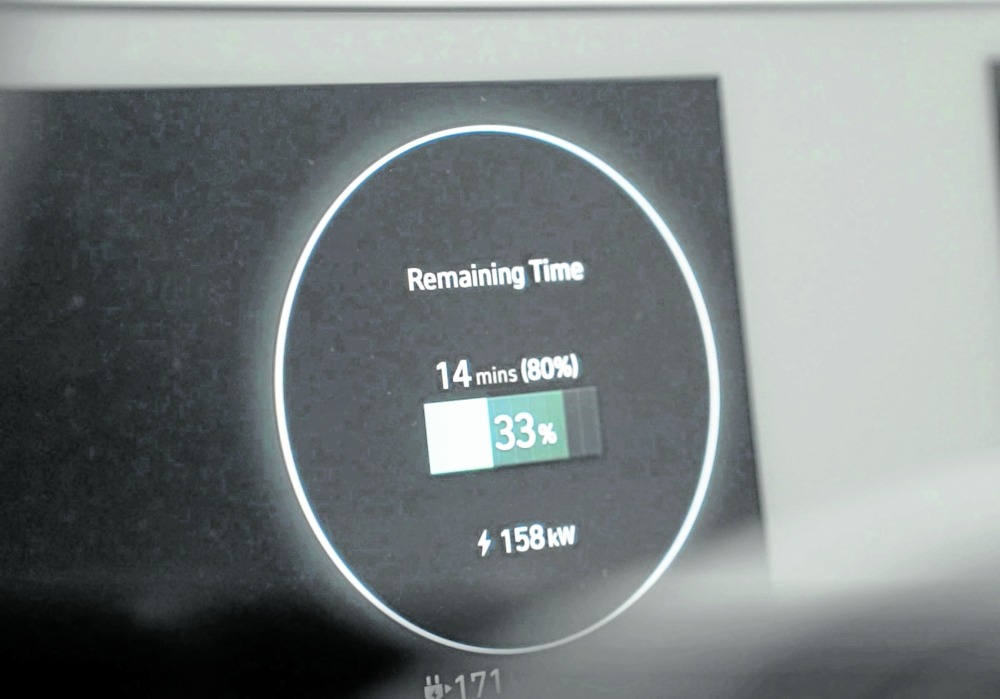
Hyundai’s Ioniq 5 represents a new way of mobility. It’s less car, more moving space, representing a paradigm shift in how people will want to travel in the future, purely as a passenger rather than being an integral part of the experience.
It sounds so aloof, devoid of any sensation, desensitized and sterile. But truthfully, there’s a 90 percent (if not more) probability that we all just really want to press on with our lives, take the most efficient path forward with the least amount of resistance. And that truly is where the Ioniq 5 excels.
No wonder the Ioniq 5 won the World Car of the Year Award in 2022 for its progressive, almost revolutionary approach to mobility.
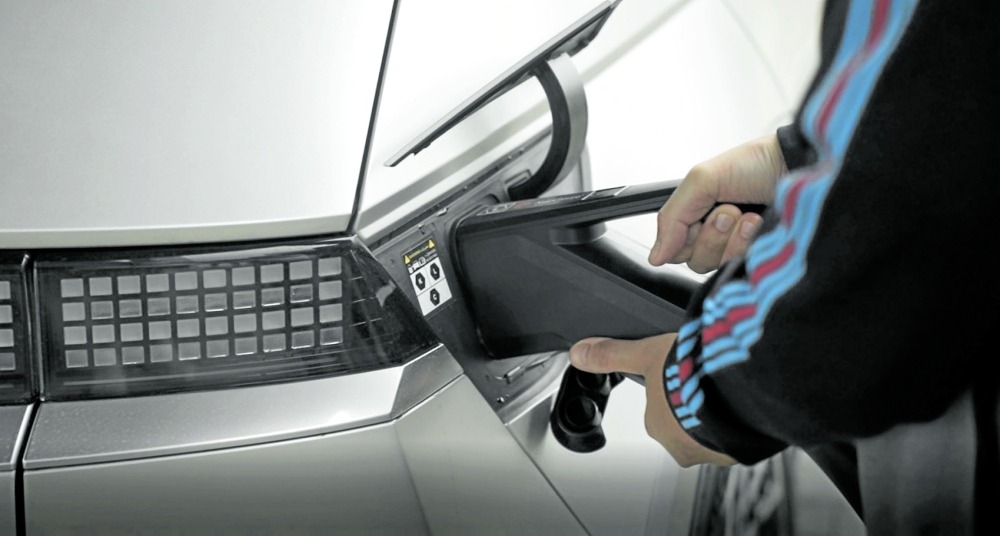
In the Philippines, we get two variants of the Ioniq 5: A regular range ’S’ (presumably for standard) model that offers an advertised 384-kilometer range and a long-range ‘L’ version that delivers an even longer 451 kilometers of advertised range. Of course, final actual range will vary depending on road and traffic conditions and driving styles. Regardless of the variant, both come with rear wheel drive, with the S variant outputting 170 horsepower and 350 Newton-Meters of torque driving the rear wheels from the rear-mounted permanent-magnet synchronous motor. Mated to a single-speed gearbox, the 0-100km/h sprint comes in at a decent 8.5 seconds. The L variant has more power, coming in at 217hp but with the same torque output, allowing acceleration from rest to 100km/h to drop to an even faster 7.4 seconds. The S also comes with a 58kwh battery capacity while the L comes with a larger 72.6kwh battery capacity.
The Ioniq 5 hides its size and heft well. When you see it in photos online, the two-box hatchback design makes you believe it is at most, a C-segment compact car in size when in reality, it is actually much larger. The gorgeous wheels are actually massive at 20 inches, shod with high-performance Michelin tires sized 255/40R20 for the L variant, and slightly smaller 235/55R19 for the S variant. The size translates to a very spacious, comfortable and highly refined interior that has more in common with a premium luxury European brand than a Korean mass-market manufacturer. I daresay it will proudly hold its own facing off against the likes of Porsche’s Taycan, Audi’s e-Tron GT and BMW’s iX line-up. Truly, Hyundai has sex appeal, thanks in no small part to its association with K-dramas which have mentally prepared us for Korea’s global domination of pop culture.
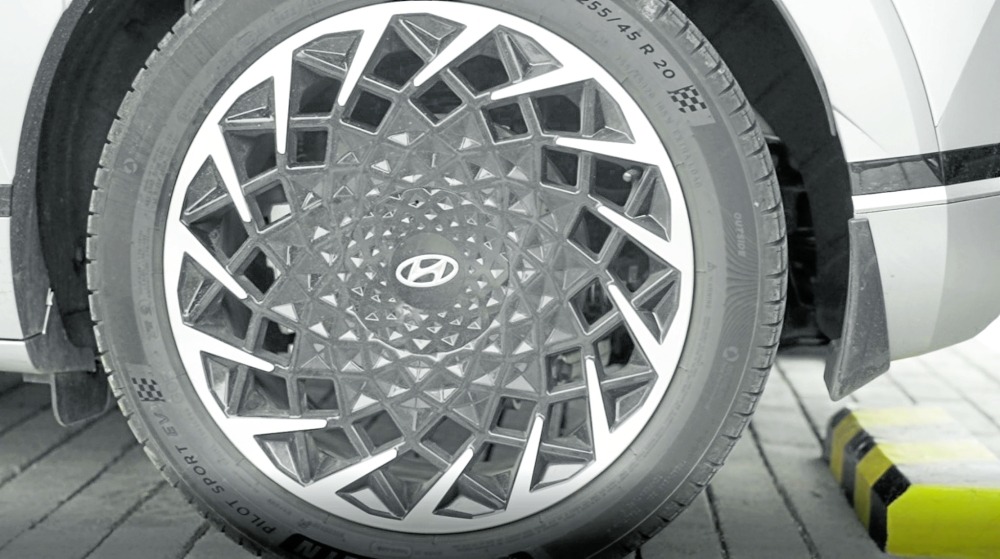
Surprisingly, despite not promoting itself as a keen driver’s car, the Ioniq 5 has excellent driving position. The main instrument cluster looks like a high-end audio equipment from Bang & Olufsen, exuding a bit of sexy, stylish and clean sophistication with its dual 12.3-inch LCD display for the instrument cluster and the infotainment system, respectively. Apple CarPlay and Android Auto are of course standard, plus wireless charging. The sophistication is further accentuated by the equally clean and stylish HVAC controls with its glass-like control panel. The two-spoke steering wheel looks futuristic: It isn’t the usual three-spoke sporty steering wheel the way we like them to be, but as with many other electric vehicles, there is a conscious effort to look different and provide a totally unique experience to the user. Yet, it still adjusts for reach and rake, while the driver’s seat also offers 12-way power adjustment with its light-grey / ivory colored and perforated leather seats, allowing a vast array of drivers to find a driving position that suits them perfectly. There’s a blind spot monitoring system combined with a 360-degree camera to enhance maneuverability in tight spaces and changing lanes, although I did find the lane-keeping assist very intrusive; you practically arm wrestle with the steering wheel when the road curves and the lane detectors do not immediately pick up on it.
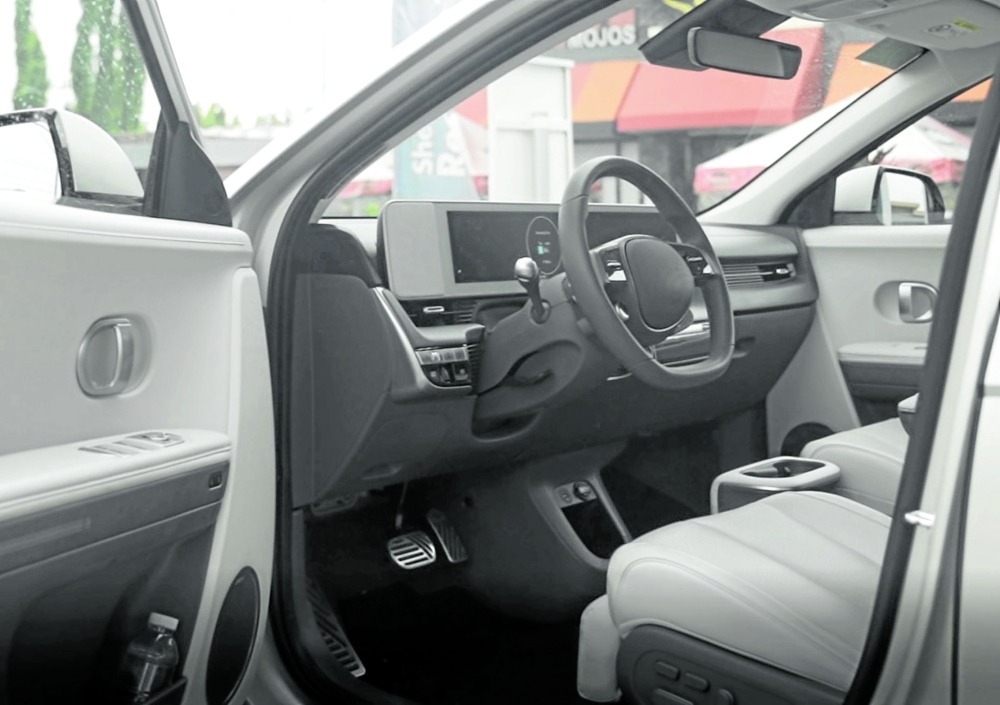
On heavily pock-marked roads, the Ioniq 5 has excellent chassis stiffness with good compliance from the suspension despite riding on massive wheels. On the highway, the drive is smooth and serene, the Ioniq 5 lapping up the miles. You have to keep a close eye on the speedometer as the impressive refinement lulls you into thinking you are going far slower than your actual speed. Steering is light, the brakes a tad over-assisted but again, think of it as a moving space, a comfortable and stylish lounge rather than a car in the traditional sense, and it truly gels together well.
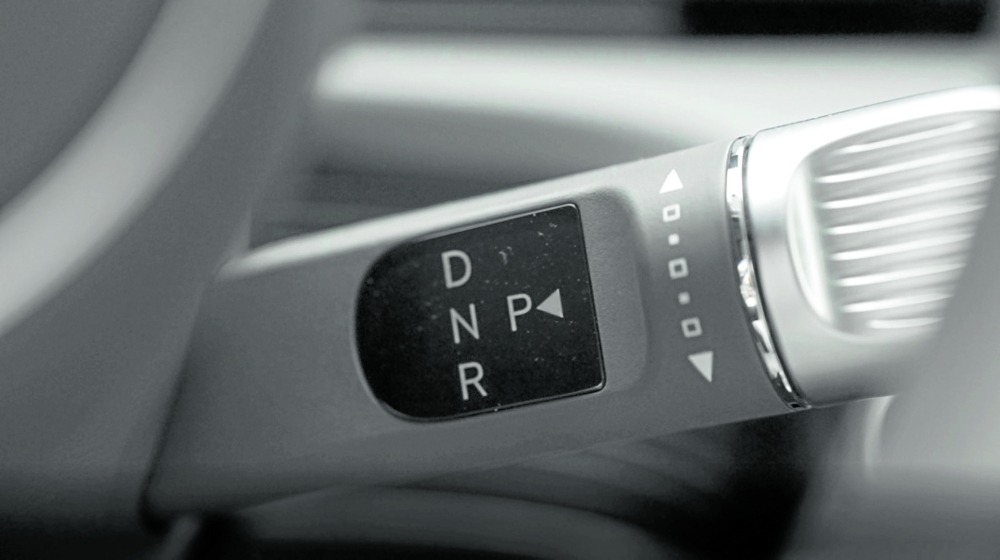
And as with any modern electric vehicle where expectations are higher, the Ioniq5 comes with six airbags, ABSEBD brakes, traction-stability control, the aforementioned 360-degree camera, collision avoidance assist, blind spot monitor, tire pressure sensors while the higher spec L gets even more with stop-and-go support, lane-keeping assist, forward collision mitigation, driver attention warning, rain-sensing wipers, rear-cross traffic alert and adaptive cruise control. All these salty features are perhaps preparing us for the next step in safer, more efficient and potentially better but also less involving means of mobility: Autonomous driving. We are getting closer to that stage, but not quite yet.
Truly, the Ioniq 5 is impressive. Loaded with impressive standard equipment, excellent build quality, captivating style, alluring interior space and performance that delivers the goods in spades. It may lack the romance of driving, but it more than makes up for it with its effortlessness and ease of use. This is going to be a huge part of the future of clean carbon neutral personal mobility.
Prices for the Ioniq 5 variants are P3.068 million for the S (Standard) variant and P3.698 million for the L (Long Range) variant.
